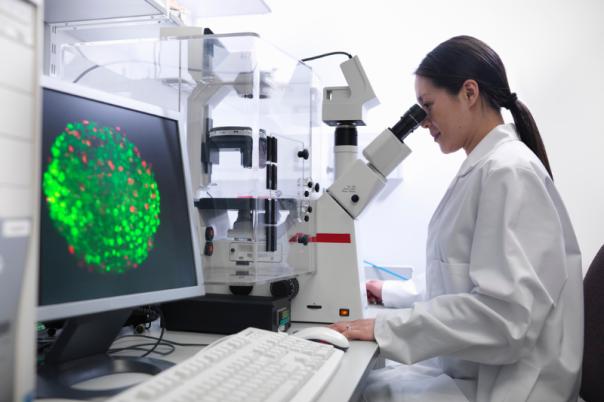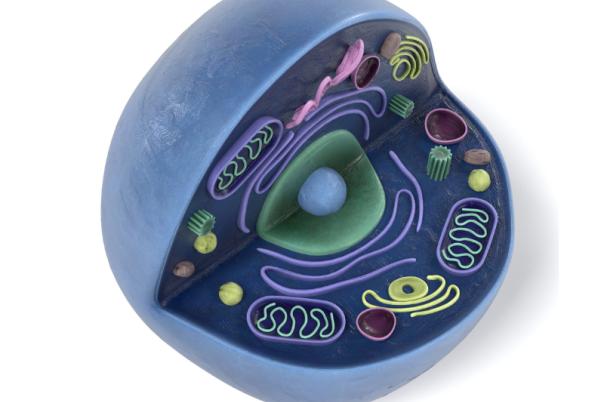Rinri Therapeutics is focused on transforming hearing loss treatment through regenerative cell therapy. Simon Chandler, Chief Executive Officer at Rinri Therapeutics explained that hearing loss is a widespread problem with approximately half a billion people suffering from disabling hearing loss. Despite these high numbers the only existing options are hearing aids and cochlear implants.
Those with neural hearing loss are particularly in need of treatment and the demand has the opportunity to be a multi-billion dollar revenue potential therapy. Rinri has tapped into this market by developing an off-the-shelf allogenic cell therapy that has been tested in preclinical models.
Chandler gave a brief overview of the biology behind hearing, the cochlear is a spiral organ that consists of two sensory cell types: auditory hair cells (mechano transducers) and auditory neurons which transmit signals from the hair cells to the brain stem. These cells are developed in utero in the developing embryo and cannot be repaired or regenerated following birth.
Neural hearing loss has no standard of care at all and impacts 100 million people around the world, therefore Rinri is seeking to treat this issue with regenerative cell therapy. Chandler outlined the mechanism used: “The way we generate these progenitors is by exposing the pluripotent stem cells to the same signalling kind of pathways that the developing cells in the developing embryo would be exposed to. It's converting the
ectoderm into neurosensory cells, and we call this technology Osprey (Otic Sensory Progenitor REgenerative Therapy).”
In their preclinical studies, they used a gerbil model because it has a cochlear that is similar in size to a human one as well as a similar number of sensory cells. Chandler stated that the neurons are removed from these animals and transplanted into the modiolus of the animals. The hearing of the gerbil was monitored using a technique called the auditory brain response (ABR). The study demonstrated long-term safety with no adverse events, tumor formation, or cell escape from the treatment site.
Chandler also mentioned that Rinri’s streamlined manufacturing process produces clinical trial-ready doses within 40 days, ensuring scalability for large patient populations. He said: “We believe basically based on paperwork exercises at the moment, that we can scale this out from the few hundred doses we can manufacture at the moment, we're using this kind of manual process in flasks to something which could generate tens to hundreds of thousands of doses per run. So we can service these massive populations of patients we're targeting.”
Delivering this therapy poses challenges because the cochlear is a difficult organ to access. The human trials will follow the same method as the cochlear implant technique where the surgeon will access the cochlear by drilling a hole in the temporal bone. Chandler mentioned that Rinri is partnering with Advanced Bionics to measure the safety and efficacy of their cells in human patients.
The first human clinical trials are planned for early 2025, with proof-of-concept results expected by early 2026. To sum up, this therapy aligns with current clinical pathways and presents a commercially viable and cost-effective solution to hearing loss.





